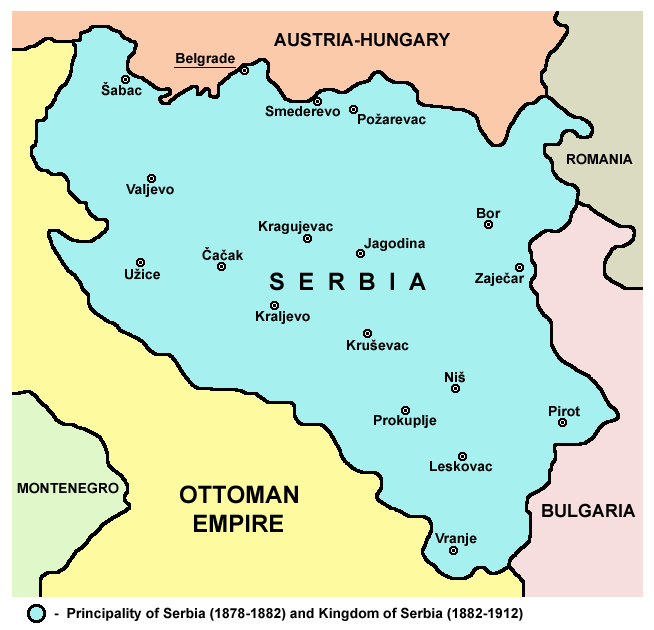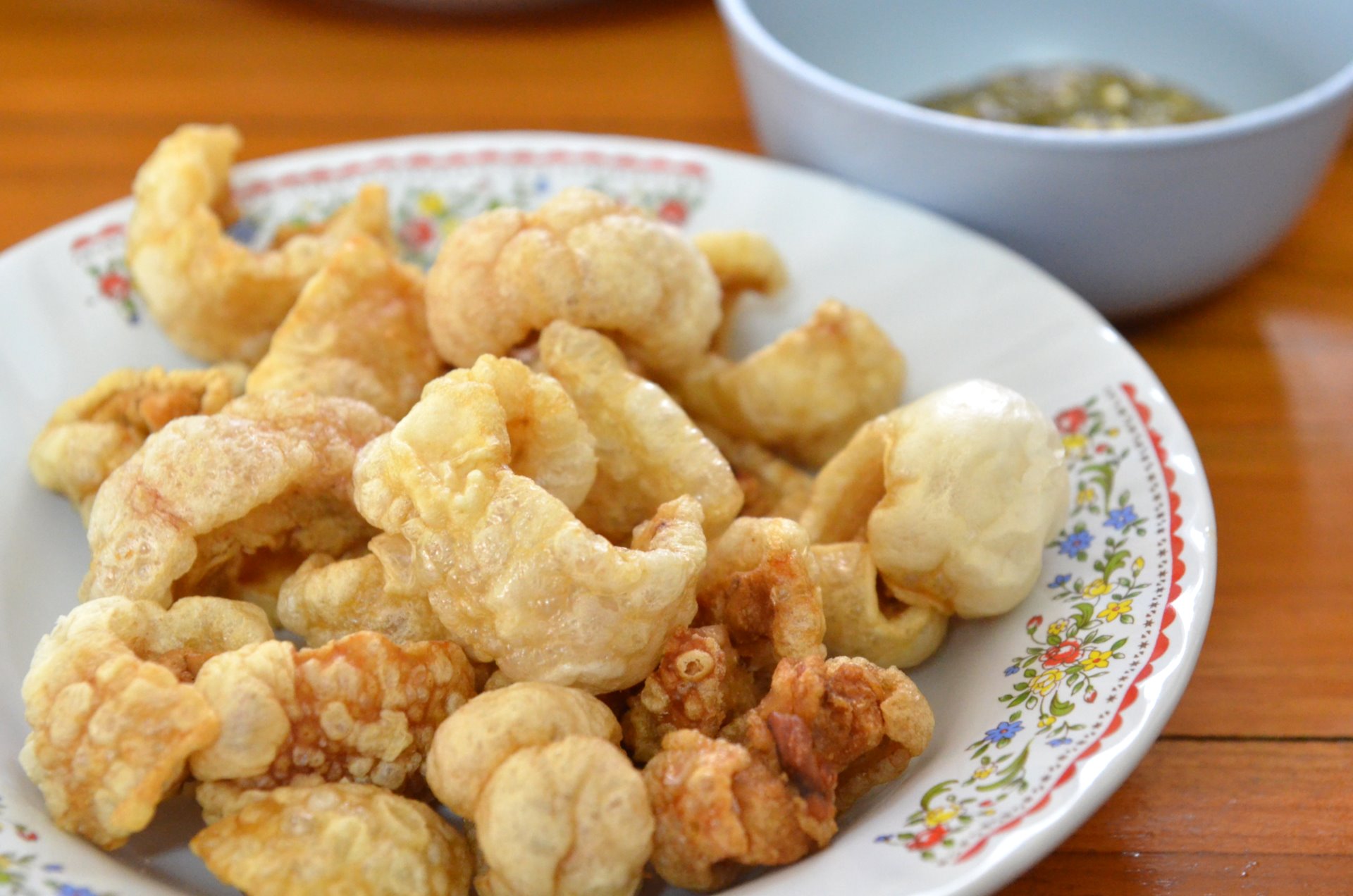|
Kačamak
Kačamak is a kind of maize porridge made in parts of Western Asia and Southeastern Europe. Its name is derived from the Turkish word ''kaçamak'', meaning escapade. It is also known as bakrdan (бакрдан) in North Macedonia. History The dish is made of cornmeal. Potatoes, milk, white cheese or kaymak are sometimes added. Similar to the Abkhazian ''abısta'', Adyghe ''mamıs'', Italian polenta and Romanian mămăligă, it is prepared by boiling cornmeal and then mashing it while the pot is still on the stove. It was once regarded as a poor man's food, but now is widely eaten, including in restaurants. Serving In Bulgaria, it is traditionally served with heated lard or sunflower oil with small amounts of browned paprika or hot pepper. Often cracklings or sirene are added. In Montenegro, Albania and Herzegovina ''kačamak'' is also prepared with crushed potatoes and cheese until a thick mass is formed. In Central Serbia, it is prepared with finer grains of white ... [...More Info...] [...Related Items...] OR: [Wikipedia] [Google] [Baidu] |
Mămăligă
Mămăligă (;) is a porridge made out of yellow maize flour, traditional in Romania, Moldova and West Ukraine. Poles from the Lviv area also prepare this traditional dish. It is also a traditional dish in Thessaly and Fthiotis, Greece. In Italy, Switzerland, Slovenia, Croatia and many other countries, this dish is known as polenta. History Historically a peasant food, it was often used as a substitute for bread or even as a staple food in the poor rural areas. However, in the last decades it has emerged as an upscale dish available in the finest restaurants. Roman influence Historically, porridge is the oldest form of consumption of grains in the whole of humanity, long before the appearance of bread. Originally, the seeds used to prepare slurries were very diverse as millet or einkorn. Before the introduction of maize in Europe in the 16th century, mămăligă had been made with millet flour, known to the Romans as ''pulmentum''. Corn's introduction in Romania Maize was ... [...More Info...] [...Related Items...] OR: [Wikipedia] [Google] [Baidu] |
Montenegro
) , image_map = Europe-Montenegro.svg , map_caption = , image_map2 = , capital = Podgorica , coordinates = , largest_city = capital , official_languages = Montenegrin , languages2_type = Languages in official use , languages2 = , ethnic_groups = , ethnic_groups_year = 2011 , religion = , religion_year = 2011 , demonym = Montenegrin , government_type = Unitary parliamentary republic , leader_title1 = President , leader_name1 = Milo Đukanović , leader_title2 = Prime Minister , leader_name2 = Dritan Abazović (acting) , leader_title3 = Speaker , leader_name3 = Danijela Đurović , legislature = Skupština , sovereignty_type = Establishment history , established_event1 = Principality of Duklja , established_date1 ... [...More Info...] [...Related Items...] OR: [Wikipedia] [Google] [Baidu] |
Polenta
Polenta (, ) is a dish of boiled cornmeal that was historically made from other grains. The dish comes from Italy. It may be served as a hot porridge, or it may be allowed to cool and solidify into a loaf that can be baked, fried, or grilled. The variety of cereal used is usually yellow maize, but often buckwheat, white maize, or mixtures thereof may be used. Coarse grinds make a firm, coarse polenta; finer grinds make a soft, creamy polenta. Polenta is a staple of Northern Italian, Swiss and Balkan (where it is called kačamak or žganci) cuisines (and, to a lesser extent, the Central Italian one, e.g. Tuscany) and its consumption was traditionally associated with lower classes, as in times past cornmeal mush was an essential food in their everyday nutrition. Etymology covered any hulled and crushed grain, especially barley-meal, and is derived from the for 'fine flour,' which shares a root with , meaning 'dust.'''Oxford English Dictionary'' 3rd edition, 2006''s.v.''/ref ... [...More Info...] [...Related Items...] OR: [Wikipedia] [Google] [Baidu] |
Honey
Honey is a sweet and viscous substance made by several bees, the best-known of which are honey bees. Honey is made and stored to nourish bee colonies. Bees produce honey by gathering and then refining the sugary secretions of plants (primarily floral nectar) or the secretions of other insects, like the honeydew of aphids. This refinement takes place both within individual bees, through regurgitation and enzymatic activity, as well as during storage in the hive, through water evaporation that concentrates the honey's sugars until it is thick and viscous. Honey bees stockpile honey in the hive. Within the hive is a structure made from wax called honeycomb. The honeycomb is made up of hundreds or thousands of hexagonal cells, into which the bees regurgitate honey for storage. Other honey-producing species of bee store the substance in different structures, such as the pots made of wax and resin used by the stingless bee. Honey for human consumption is collected from wild ... [...More Info...] [...Related Items...] OR: [Wikipedia] [Google] [Baidu] |
Yogurt
Yogurt (; , from tr, yoğurt, also spelled yoghurt, yogourt or yoghourt) is a food produced by bacterial Fermentation (food), fermentation of milk. The bacteria used to make yogurt are known as ''yogurt cultures''. Fermentation of sugars in the milk by these bacteria produces lactic acid, which acts on milk protein to give yogurt its texture (food), texture and characteristic tart flavor. Cow's milk is the milk most commonly used to make yogurt. Milk from water buffalo, goats, sheep, ewes, mares, camels, and yaks are also used to produce yogurt. The milk used may be Milk#Creaming and homogenization, homogenized or not. It may be pasteurized or raw milk, raw. Each type of milk produces substantially different results. Yogurt is produced using a culture of Lactobacillus delbrueckii subsp. bulgaricus, ''Lactobacillus delbrueckii'' subsp. ''bulgaricus'' and ''Streptococcus thermophilus'' bacteria. In addition, other Lactobacillus, lactobacilli and Bifidobacterium, bifidobacteria a ... [...More Info...] [...Related Items...] OR: [Wikipedia] [Google] [Baidu] |
Kajmak
Kaymak, sarshir, or qashta/ashta ( fa, سَرشیر ) ( ar, قشطة or ar, قيمر ) is a creamy dairy food similar to clotted cream, made from the milk of water buffalo, cows, sheep, or goats in Central Asia, some Balkan countries, some Caucasus countries, the countries of the Levant, Turkic regions, Iran and Iraq. In Poland, the name refers to a confection similar to dulce de leche instead. The traditional method of making kaymak is to boil the raw milk slowly, then simmer it for two hours over a very low heat. After the heat source is shut off, the cream is skimmed and left to chill (and mildly ferment) for several hours or days. Kaymak has a high percentage of milk fat, typically about 60%. It has a thick, creamy consistency (not entirely compact, because of milk protein fibers) and a rich taste. Etymology The word ''kaymak'' has Central Asian Turkic origins, possibly formed from the verb , which means 'melt' and 'molding of metal' in Turkic. The first written re ... [...More Info...] [...Related Items...] OR: [Wikipedia] [Google] [Baidu] |
Central Serbia
Central Serbia ( sr, централна Србија / centralna Srbija), also referred to as Serbia proper ( sr, link=no, ужа Србија / uža Srbija), is the region of Serbia lying outside the autonomous province of Vojvodina to the north and the disputed territory of Kosovo to the south. Central Serbia is a term of convenience, not an administrative division of Serbia as such, and does not have any form of separate administration. Broadly speaking, Central Serbia is the historical core of modern Serbia, which emerged from the Serbian Revolution (1804–17) and subsequent wars against the Ottoman Empire. In the following century, Serbia gradually expanded south, acquiring South Serbia, Kosovo, Sandžak and Vardar Macedonia, and in 1918 – following the unification and annexation of Montenegro and unification of Austro-Hungarian areas left of the Danube and Sava (Vojvodina) – it merged with other South Slavic territories into the Kingdom of Yugoslavia. The current b ... [...More Info...] [...Related Items...] OR: [Wikipedia] [Google] [Baidu] |
Herzegovina
Herzegovina ( or ; sh-Latn-Cyrl, Hercegovina, separator=" / ", Херцеговина, ) is the southern and smaller of two main geographical region of Bosnia and Herzegovina, the other being Bosnia. It has never had strictly defined geographical or cultural-historical borders, nor has it ever been defined as an administrative whole in the geopolitical and economic subdivision of Bosnia and Herzegovina. Bosnia, the larger of the two regions, lies to the north of Herzegovina; the Croatian region of Dalmatia lies to the southwest; the Montenegrin region of Old Herzegovina lies to the southeast. The land area of Herzegovina is around , or around 23–24% of the country. The largest city is Mostar, in the center of the region. Other large settlements include Trebinje, Široki Brijeg, Ljubuški, Čapljina, Konjic and Posušje. Etymology The name (or ''Herzegovina'' in English) stems from German (the German term for a duke; sh, vojvoda), and means a land ruled and/or owned ... [...More Info...] [...Related Items...] OR: [Wikipedia] [Google] [Baidu] |
Albania
Albania ( ; sq, Shqipëri or ), or , also or . officially the Republic of Albania ( sq, Republika e Shqipërisë), is a country in Southeastern Europe. It is located on the Adriatic and Ionian Seas within the Mediterranean Sea and shares land borders with Montenegro to the northwest, Kosovo to the northeast, North Macedonia to the east and Greece to the south. Tirana is its capital and largest city, followed by Durrës, Vlorë, and Shkodër. Albania displays varied climatic, geological, hydrological, and morphological conditions, defined in an area of . It possesses significant diversity with the landscape ranging from the snow-capped mountains in the Albanian Alps as well as the Korab, Skanderbeg, Pindus and Ceraunian Mountains to the hot and sunny coasts of the Albanian Adriatic and Ionian Sea along the Mediterranean Sea. Albania has been inhabited by different civilisations over time, such as the Illyrians, Thracians, Greeks, Romans, Byzantines, Venetians, and Ot ... [...More Info...] [...Related Items...] OR: [Wikipedia] [Google] [Baidu] |
Sirene
Sirene ( sq, djathë i bardhë; bg, сирене ; mk, сирење; sr, сир, italics=no/) also known as "white brine sirene" ( bg, бяло саламурено сирене, links=no) is a type of brined cheese made in the Balkans (South-Eastern Europe), especially popular in Bulgaria, Serbia, Montenegro, Bosnia and Herzegovina, North Macedonia, Romania, Albania, Greece and also in Israel and Lebanon. It is made of the milk of goats, sheep, or cows, or a mixture of these.,Characteristics of major traditional regional cheese varieties of East-Mediterranean countries: a review, Efstathios Alichanidis & Anna Polychroniadou, Dairy Sciеnce & Technology, Volume 88, Number 4–5, July–October 2008 It is slightly crumbly, with at least 46–48% of dry matter containing 44–48% of fat. It is commonly produced in blocks, and has a slightly grainy texture. It is used as a table cheese, in salads, and in baking. Recipes Sirene, together with yogurt, is a national food of all ... [...More Info...] [...Related Items...] OR: [Wikipedia] [Google] [Baidu] |
Pork Rind
Pork rind is the culinary term for the skin of a pig. It can be used in many different ways. It can be rendered, fried in fat, baked, or roasted to produce a kind of pork cracklings (US) or scratchings (UK); these are served in small pieces as a snack or side dish. The frying renders much of the fat, making it much smaller. Snack Often a byproduct of the rendering of lard, it is also a way of making even the tough skin of a pig edible. In many ancient cultures, animal fats were the only way of obtaining oil for cooking and they were common in many people's diets until the industrial revolution made vegetable oils more common and more affordable. Microwaveable pork rinds are sold in bags that resemble microwaveable popcorn and can be eaten still warm. Pickled pork rinds, though, are often enjoyed refrigerated and cold. Unlike the crisp and fluffy texture of fried pork rinds, pickled pork rinds are very rich and buttery, much like ''foie gras''. Preparation For the la ... [...More Info...] [...Related Items...] OR: [Wikipedia] [Google] [Baidu] |






